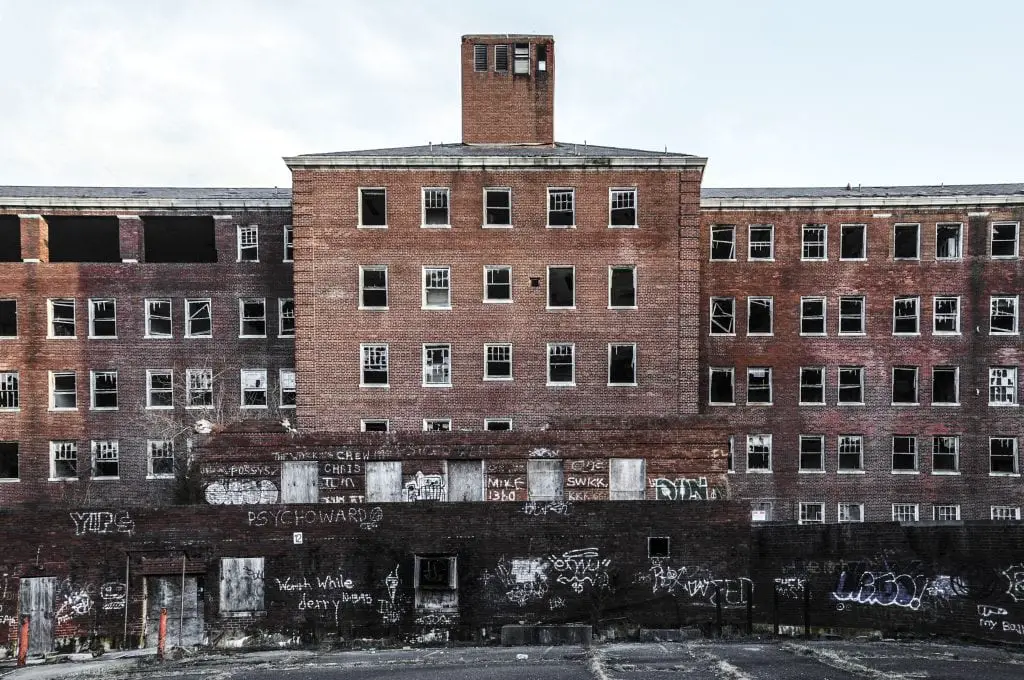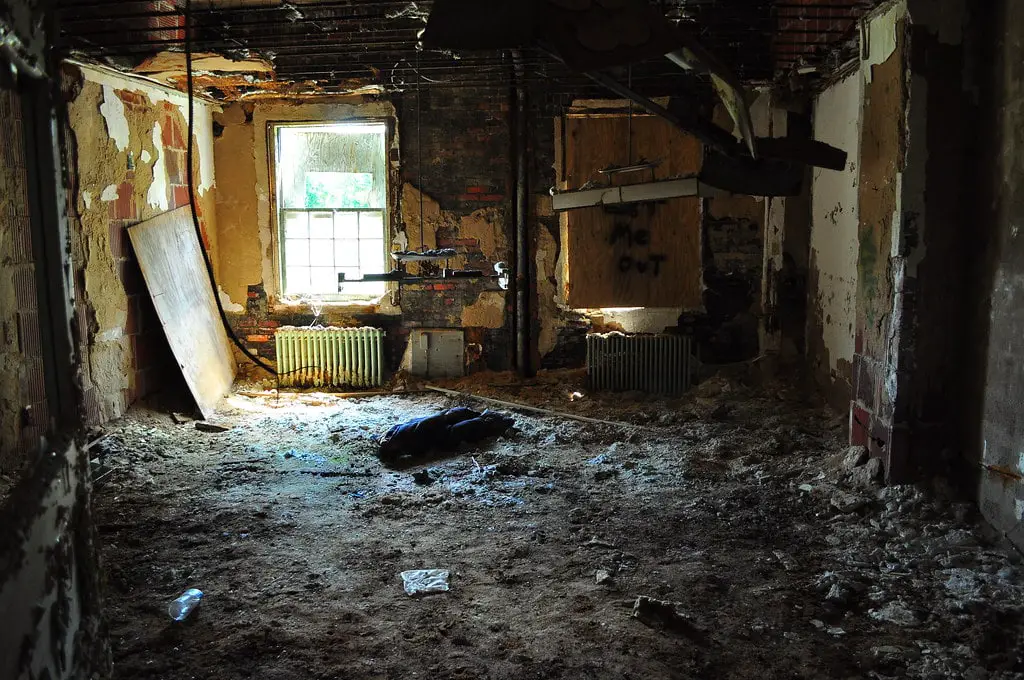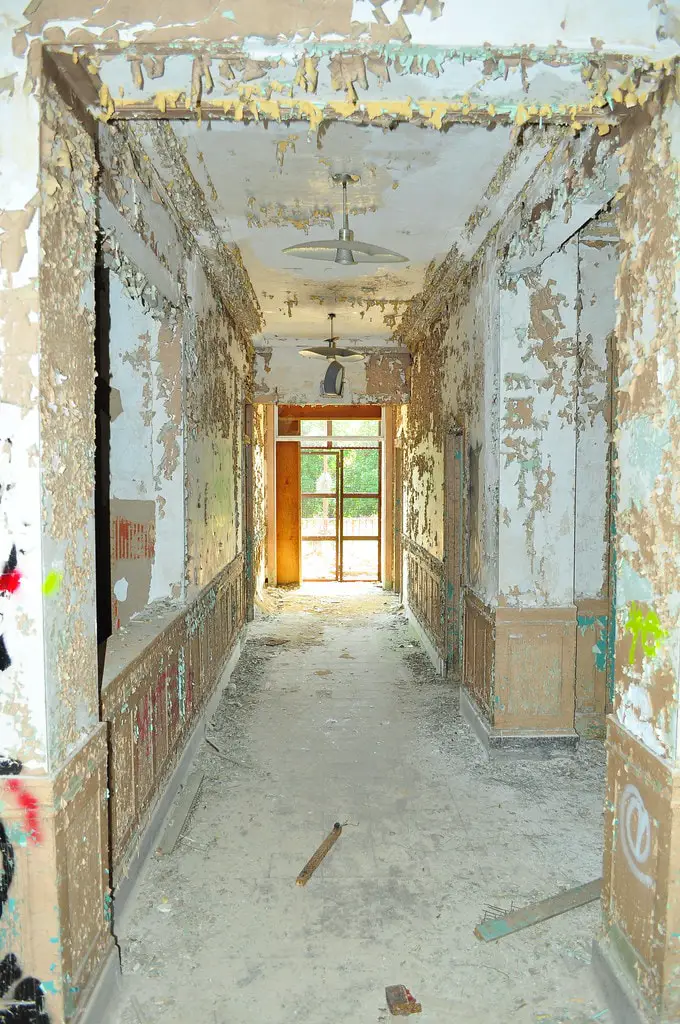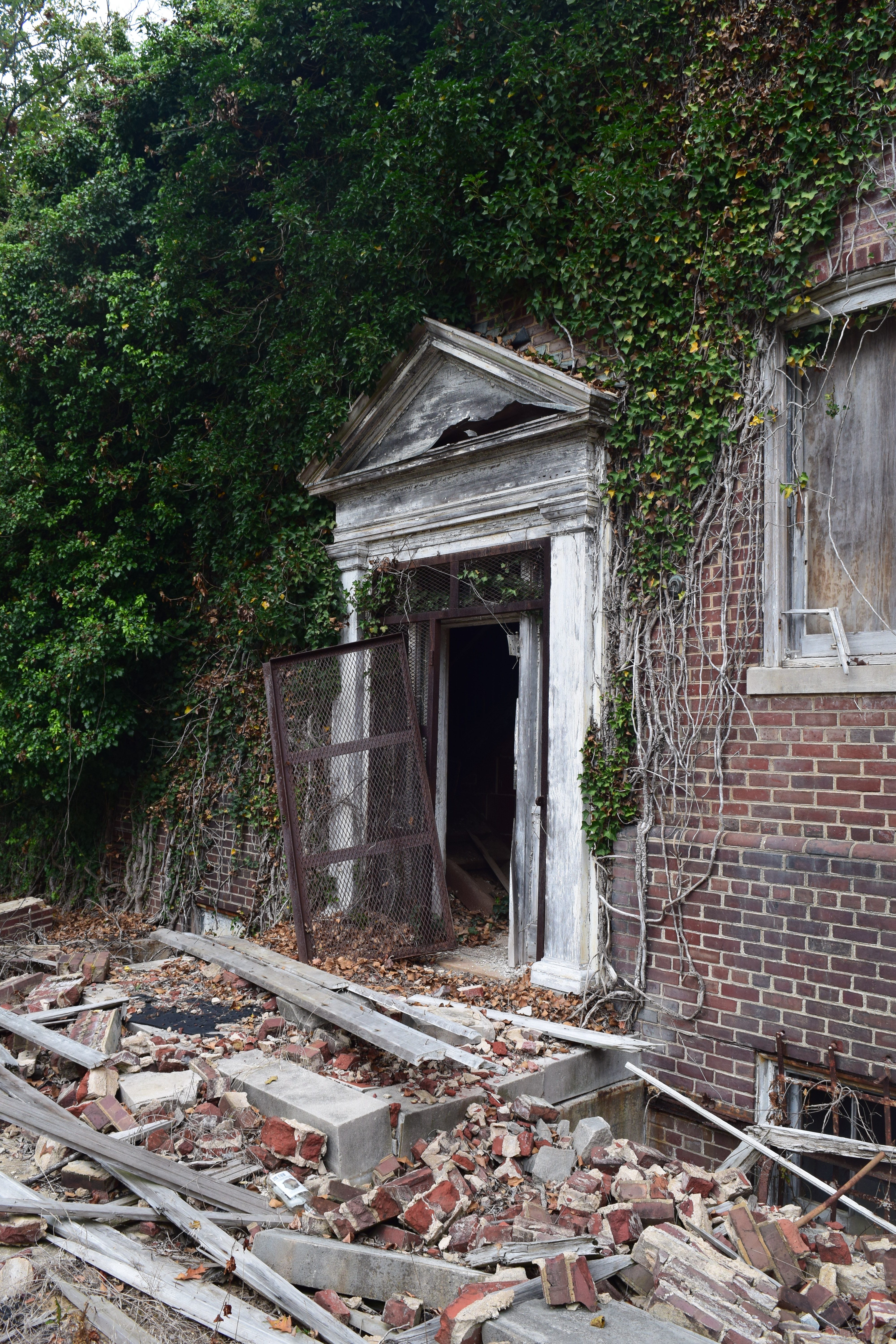Glenn Dale Hospital: Unveiling a Medical Marvel
The Glenn Dale Hospital is a silent witness to a rich and complex history in the heart of Glenn Dale, Maryland.
Once a bustling center of medical innovation and care, the hospital's 23 buildings now lie in various states of decay, each holding secrets and stories of a long-time time. The hospital's legacy is intertwined with the history of medicine, architecture, culture, and even the supernatural.
This article delves into the multifaceted narrative of Glenn Dale Hospital, exploring its origins, operations, challenges, and the haunting legends that continue to captivate the imagination of locals and visitors alike.
Historical Background
Glenn Dale Hospital was established in 1934 when the capital region grappled with a tuberculosis epidemic. The hospital's creation was a response to the overwhelming need for specialized care, and it soon became a refuge for patients who were often shunned by society.
Designed by prominent architects, the hospital was a marvel of its time, housing about 600 patients and 500 doctors and staff members at its peak.
Its closure in 1981 marked the end of an era, but the hospital's story continues to resonate, especially since its addition to the National Register of Historic Places in 2011.
The hospital's role in treating tuberculosis, the fear and hysteria that dominated the country's response to the disease, and the eventual decline in cases all paint a vivid picture of a time when medical understanding was still evolving.
Architecture and Grounds
The architectural brilliance of Glenn Dale Hospital is evident in its Colonial Revival style. Spread across 216 acres; the 23-building campus was designed with meticulous attention to detail. Everything was carefully planned, from solariums and laundry rooms to morgues and indoor hothouses.
Time, however, has taken its toll on the buildings. Broken glass, peeling paint, and collapsed roofs are familiar sights, yet the architectural beauty still shines through. The current state of decay serves as a poignant reminder of the passage of time and the impermanence of even the grandest structures.
The hospital's design also reflects the medical thinking of the time, with separate buildings for children and adults and a focus on outdoor spaces to combat tuberculosis. The blend of functionality and aesthetics is a testament to the vision and skill of the architects.

Hospital Operations
A closer look at the daily operations of Glenn Dale Hospital reveals a complex and well-organized system. Separate buildings for children and adults ensured specialized care, while facilities like the large incinerator and tunnels connecting various buildings improved the hospital's efficiency.
The basements, once filled with the hustle and bustle of hospital life, now lie in decay, infested with vermin and plagued by dangerous conditions such as asbestos and lead paint.
The hospital's operations also reflect the societal attitudes towards tuberculosis. The isolation of patients, the fear and stigma associated with the disease, and the ethically questionable treatments all provide insights into a time when medical knowledge was still in its infancy.

Proposed Sale and Preservation Efforts
The journey to preserve Glenn Dale Hospital has been fraught with challenges and setbacks. Maryland's law 1994, requiring the grounds to be used as a continuing care retirement community, added legal complexity to the sale and redevelopment efforts.
Attempts to sell the property were rejected, and the slow process of designating the hospital on the National Register of Historic Places added to the delays. The potential for restoration remains, but the path is filled with obstacles and uncertainties.
Cultural Impact and Public Perception
Glenn Dale Hospital's impact extends beyond medicine and architecture. Its feature in the Washington Post Magazine article "Quarantined" and its place on Preservation Maryland's list of threatened historic properties highlight its cultural significance.

Public interest in the property, explorations by local trespassers, and the hospital's portrayal in various media have added to its mystique. The hospital's story inspires and intrigues, reflecting its enduring place in the community's cultural fabric.
Current Challenges and Future Prospects
The challenges facing Glenn Dale Hospital are manifold. Vandalism, decay, legal constraints, and the ongoing search for a suitable buyer have all contributed to the uncertainty surrounding the property's future.
Potential redevelopment projects, community engagement, and the hospital's legacy in public health history add complexity to the narrative. The story of Glenn Dale Hospital is far from over, and its prospects continue to be a subject of interest, debate, and concern.

Haunting Activity and Urban Legends
The ghostly allure of Glenn Dale Hospital is perhaps one of its most intriguing aspects. Countless ghost stories and conspiracy theories have emerged, adding a supernatural dimension to the hospital's history.
Legends of "The Goatman" who roam Prince George's County woods and tales of escaped inmates haunting the halls have become part of local folklore. These stories, though debunked by officials, continue to captivate the imagination.
The hospital's role during the tuberculosis epidemic, the isolation of patients, and the societal attitudes towards the disease have likely contributed to these urban legends. The fear and stigma associated with tuberculosis, the isolation of patients, and the ethically questionable treatments all provide a backdrop for the haunting tales.

The hospital's transformation into a playground for teens, ghost hunters, and urban adventurers adds another layer to its complex narrative.
Frequent trespassing incidents, especially during the Halloween season, and the intense supernatural interest in the property have cemented Glenn Dale Hospital's reputation as a ghost-hunting destination.
Despite the absence of evidence for haunting activity, the legends persist, reflecting a fascination with the unknown and the allure of the mysterious. The hospital's haunting legends are more than mere tales; they reflect human curiosity, fear, and the desire to explore the unexplained.

Conclusion
Glenn Dale Hospital's historical significance, architectural beauty, cultural impact, and haunting legends make it a fascinating subject of study. Its story is a triumph, tragedy, hope, despair, reality, and myth.
As the former hospital remains a subject of fascination and reflection, its walls continue to echo with the memories of a time long past. The hospital's legacy inspires nostalgia, curiosity, and a sense of connection to a shared history.
The journey through Glenn Dale Hospital is a journey through time, a reflection of societal attitudes, medical advancements, architectural innovation, and the enduring power of storytelling. It is a story that continues to resonate, inspire, and captivate, a story that is far from over.

Great story, Spencer. I've always been fascinated the place! As a child, my friends and I discovered the body of a runaway patient, who died from exposure in nearby Folly Branch. Much later, the intrigue increased by riding past dilapidated buildings as an adult, oft-times turning off the car lights briefly and delighting MY kids with tales of alleged hauntings.
Imagine my surprise, several years later, while serving jury duty, having a court case brought to myself and peers for deliberation. As the story unfolded several friends, in various stages of inebriation, decided to visit the site in hopes of experiencing the supernatural. They got much more than they expected.
According to eyewitness testimony, the six friends trespassed deep inside the bowels of the property. Eventually, they began to hear voices, whispers, and footsteps. Even a little girl's giggle. That should have been enough, but the hospital was far from finished.
As the evening continued, one of the couples began to argue. That was compounded by the male hitting his girlfriend repeatedly. The others, incensed by his erratic behavior, began beating the guy...with one male friend being the main perpetrator. The two males, now involved in a full-fledged fistfight, tumbled down a darkened staircase, with the first male sustaining substantial injury. It was at this time that all six culprits realized that they were being negatively influenced and left immediately, scared "spitless." The jilted boyfriend brought an assault case against his male associate for injuries sustained in the melee.
After deliberation, his case was thrown out, as all six had trespassed in the first place. That one decision, of walking past the threshold rendered any resulting charges null and void.
This case is on file in Prince Georges' County, MD. This would have been around 2017-2018. Please feel free to corroborate all of this. Glenn Dale Hospital, according to those six, at least, is INDEED haunted. Does it stoke my fires to investigate? Nope....
Their testimony is good enough for me.
What an intriguing story, Rod! Your comment has undoubtedly added to the mystique of Glenn Dale Hospital. Thank you for sharing these fascinating details and personal connections. It's a story that will surely stay in my mind.